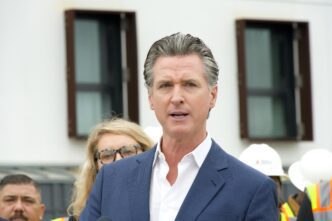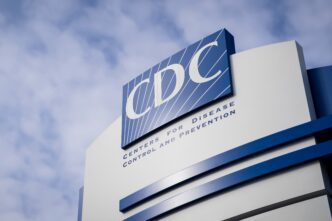Executive Summary
The Story So Far
Why This Matters
Who Thinks What?
The U.S. economy expanded at a faster pace than initially estimated in the second quarter of this year, driven by robust consumer spending and a reduction in imports. Gross Domestic Product (GDP), the broadest measure of economic activity, increased at an annualized rate of 3.8% from April through June, an upward revision from the previous estimate of 3.3%.
Economic Growth and Revisions
This revised growth rate marks the fastest pace the U.S. economy has seen in nearly two years, following a contraction earlier in the year. The initial estimate for the second quarter had already indicated strong performance, but updated government data revealed an even more accelerated expansion.
In the first three months of 2025, the U.S. economy experienced a 0.6% contraction. This downturn was attributed to companies increasing imports in anticipation of tariffs imposed by President Donald Trump, which subsequently impacted GDP figures.
Consumer Spending Drives Expansion
A significant factor in the upward revision was the strength of consumer spending, which rose by 2.5% in the year to the end of June. This figure is notably higher than the prior estimate of 1.6% and underscores the resilience of American consumers, who serve as the primary engine of the world’s largest economy, even amid tariffs and broader economic uncertainties.
Recent data from the Commerce Department further supports this trend, showing that retail sales in August increased by 0.6% from the previous month, surpassing market expectations. This sustained spending has defied concerns about a potential economic slowdown.
Labor Market Dynamics
Despite the robust consumer activity, the labor market has presented a mixed picture. Employers added only 22,000 jobs in August, a figure lower than anticipated, and the unemployment rate edged up from 4.2% to 4.3%, according to the Labor Department.
However, more recent data offers a potentially more optimistic view. Initial claims for unemployment insurance fell last week to their lowest level since July, signaling that the job market might not be as weak as other indicators have suggested.
Expert Commentary and Outlook
Economists have offered varied perspectives on the latest data. Bill Adams, chief economist for Comerica Bank, commented that the most recent economic data, including GDP and jobless claims, are “considerably more upbeat than the droopy August jobs report” and “should ease the bout of anxiety kicked off by the weak August jobs report.”
Lydia Boussour, a senior economist at EY-Parthenon, noted that economic momentum remained steady in the first half of the year despite increasing policy headwinds. However, she cautioned that “with the impact of tariffs and policy uncertainty becoming increasingly visible, slower US growth and higher inflation are still on the horizon.”








